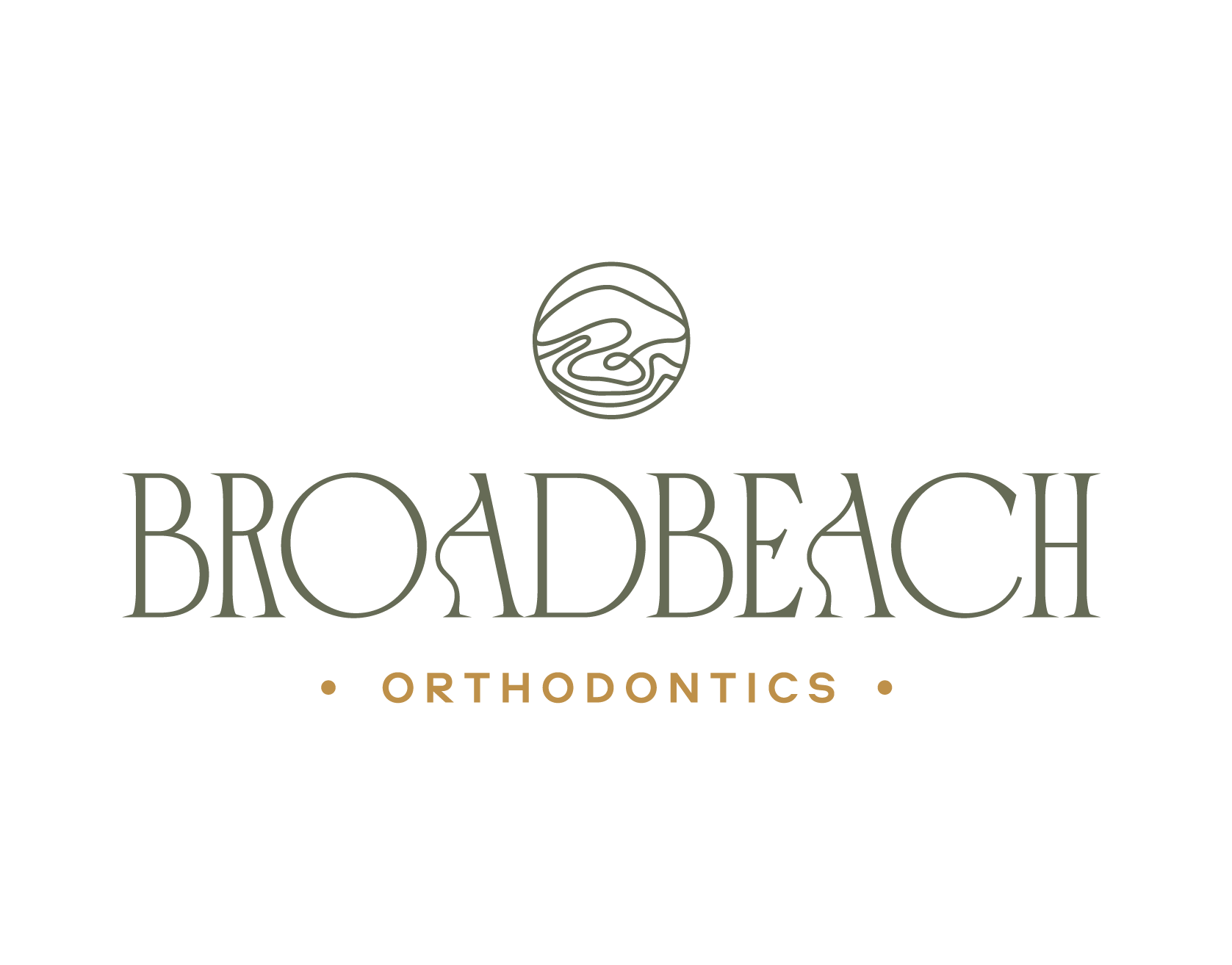Temporary Anchorage Devices (TADs) are small titanium screws or mini-implants used in orthodontics to provide a stable anchor point for moving teeth. They offer several advantages in orthodontic treatments:
- Improved Anchorage: TADs provide a stable and fixed point that allows for more precise control of tooth movement. This is particularly useful in cases where traditional methods of anchorage (like using other teeth) are insufficient or could lead to unwanted movement.
- Enhanced Treatment Options: TADs enable orthodontists to perform movements that might not be possible with conventional braces alone, such as moving teeth in directions or patterns that are otherwise difficult to achieve.
- Reduced Need for Headgear: By providing stable anchorage, TADs can often eliminate the need for external devices like headgear, making treatment more comfortable and aesthetically pleasing for the patient.
- Faster Treatment Times: TADs can sometimes shorten the overall duration of orthodontic treatment by providing more efficient tooth movement.
- Versatility: They can be used for various orthodontic purposes, including closing gaps, correcting bite issues, and aligning teeth.
- Minimal Invasiveness: Insertion of TADs is a minor procedure performed under local anaesthesia. They are temporarily placed and removed once they have served their purpose, with minimal discomfort and recovery time.
Common uses of TADs or mini-screws in Orthodontics
Temporary Anchorage Devices (TADs) are small titanium screws that orthodontists use to help move teeth more precisely and efficiently. They provide a stable anchor point in the mouth, making it easier to correct certain dental issues. Here are some common reasons why TADs might be used:
1. Correcting Severe Misalignment
When teeth are significantly out of place, traditional braces alone may not be enough to achieve the desired results. TADs provide additional support to help move these teeth into the correct position more effectively.
2. Closing Large Gaps
Sometimes, there are large gaps between teeth that need to be closed. TADs can help apply the necessary force to bring the teeth together more quickly and efficiently than braces alone.
3. Adjusting the Position of Molars
Molars, the large teeth at the back of your mouth, can be particularly stubborn to move. TADs can provide the extra anchorage needed to shift molars into their proper positions, ensuring a better bite and improved overall alignment.
4. Treating Overbites and Underbites
Overbites (where the upper teeth protrude too far over the lower teeth) and underbites (where the lower teeth extend beyond the upper teeth) can be challenging to correct. TADs can help apply the precise forces needed to move the teeth and jaw into a better alignment.
5. Enhancing the Effects of Other Orthodontic Appliances
In some cases, TADs are used in conjunction with other orthodontic appliances to enhance their effectiveness. For example, they can be used alongside braces or clear aligners to provide more control over tooth movement and achieve better results.
6. Reducing Treatment Time
By providing additional stability and control, TADs can help speed up the orthodontic treatment process. This means you could potentially achieve your desired results faster than with braces alone.
7. Treating Difficult Cases
Certain dental issues are particularly complex and challenging to treat with standard braces or aligners. TADs can provide the necessary support to address these difficult cases, making it possible to achieve a healthy, well-aligned smile.
8. Correcting a Gummy Smile
A gummy smile is when a person shows too much gum tissue when they smile. TADs can be used to help move the teeth and gums into a more aesthetically pleasing position. By providing the necessary anchorage, TADs can assist in reducing the amount of visible gum tissue, resulting in a more balanced and attractive smile.
9. Closing an Open Bite
An open bite occurs when the upper and lower teeth don’t meet when the mouth is closed, often leaving a gap between the front teeth. TADs can be used to help close an open bite by providing the extra anchorage needed to move the teeth vertically into the correct position. This helps create a proper bite and improves overall dental function.
Conclusion
The use of TADs has become a valuable tool in modern orthodontics, offering greater flexibility and control in the treatment of complex dental cases.





